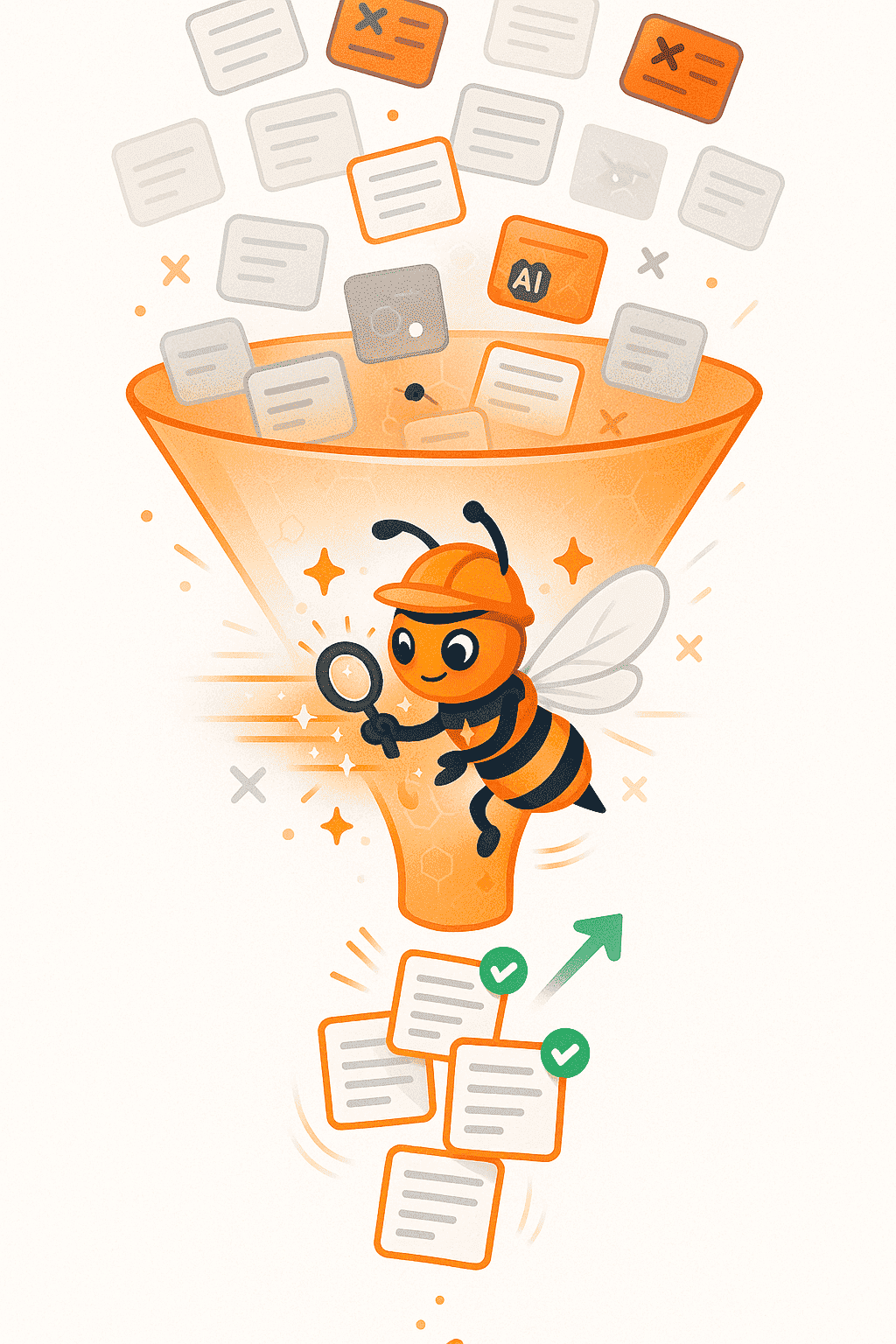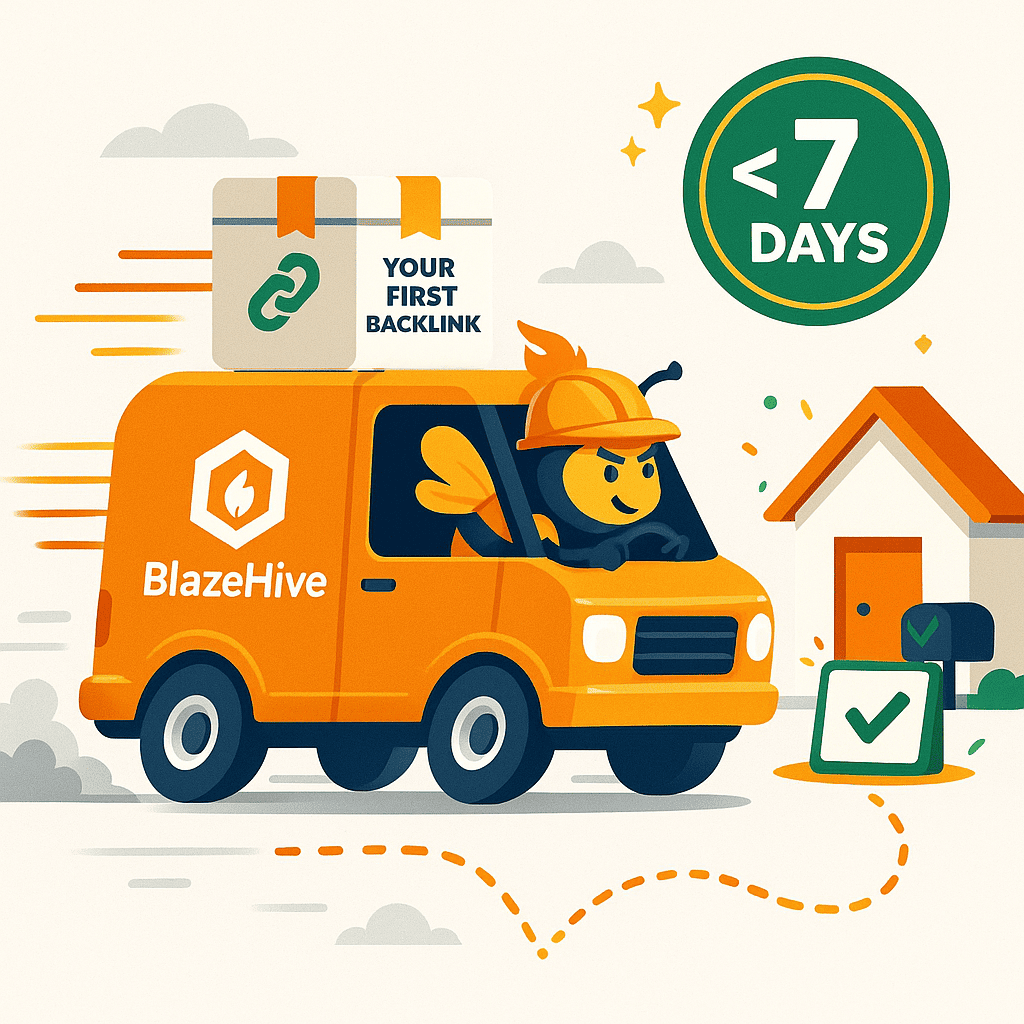Iso 45001 Audit Checklist
ISO 45001 establishes occupational health and safety management systems to prevent workplace injuries and illnesses. This 12-section checklist covers organizational context, leadership participation, hazard identification, and risk assessment. Verify operational controls, emergency preparedness, incident investigation, and worker consultation processes. Review performance monitoring, compliance evaluation, and internal audit programs. Check worker health surveillance, emergency response drills, and continuous improvement initiatives. Applies to all industries and organization sizes. Certification demonstrates safety commitment to customers, regulators, and employees. Typical implementation timeline: 6-12 months before certification audit.
Context of Organization
□ Internal/external issues identified
□ Worker needs understood
□ Legal requirements identified
□ Interested parties determined
□ OH&S management system scope defined
□ OH&S processes established
□ Process interactions determined
□ Risks and opportunities addressed
□ OH&S policy established
□ Resources determined
□ Documented information maintained
□ Continual improvement demonstrated
Leadership & Participation
□ Top management commitment shown
□ OH&S policy appropriate
□ Roles/responsibilities defined
□ Worker consultation active
□ Worker participation encouraged
□ Resources provided
□ OH&S integrated into business
□ Leadership visible
□ Safety culture promoted
□ Accountability established
□ Authority delegated
□ Communication effective
Planning
□ Hazard identification systematic
□ Risk assessment methodology defined
□ Risk control hierarchy applied
□ Legal requirements identified
□ Compliance obligations determined
□ OH&S objectives established
□ Action plans developed
□ Resources allocated
□ Timelines established
□ Responsibilities assigned
□ Progress monitored
□ Changes managed
Support
□ Resources adequate
□ Competence requirements defined
□ Training needs identified
□ Training provided and evaluated
□ Awareness programs active
□ Communication processes established
□ Worker consultation documented
□ Participation mechanisms active
□ Documentation controlled
□ Records maintained
□ Information accessible
□ Updates managed
Operational Control
□ Operational criteria established
□ Controls implemented
□ Hierarchy of controls applied
□ Procurement controlled
□ Contractor management effective
□ Outsourcing controlled
□ Emergency preparedness active
□ Emergency response tested
□ First aid available
□ Medical surveillance appropriate
□ Workplace monitoring conducted
□ Health monitoring active
Hazard Control
□ Hazards identified systematically
□ Risk assessments current
□ Control measures implemented
□ PPE provided and used
□ Engineering controls effective
□ Administrative controls documented
□ Safe work procedures followed
□ Permit systems operational
□ Lockout/tagout implemented
□ Chemical management active
□ Ergonomics addressed
□ Machine guarding adequate
Emergency Preparedness
□ Emergency procedures documented
□ Emergency team trained
□ Evacuation procedures clear
□ Assembly points designated
□ Emergency equipment available
□ First aid facilities adequate
□ Emergency contacts current
□ Drills conducted regularly
□ Lessons learned captured
□ Improvements implemented
□ Communication systems tested
□ Recovery plans ready
Performance Evaluation
□ Monitoring planned
□ Measurements conducted
□ Compliance evaluated
□ OH&S objectives tracked
□ Incident investigation thorough
□ Root causes identified
□ Corrective actions taken
□ Internal audits conducted
□ Audit program effective
□ Management review performed
□ Performance indicators tracked
□ Trends analyzed
Incident Management
□ Incident reporting encouraged
□ Investigation procedures clear
□ Near-miss reporting active
□ Root cause analysis performed
□ Corrective actions implemented
□ Preventive measures taken
□ Lessons learned shared
□ Trends analyzed
□ Statistics maintained
□ Benchmarking performed
□ Improvements tracked
□ Communication effective
Worker Health & Welfare
□ Health surveillance appropriate
□ Medical examinations provided
□ Fitness for work assessed
□ Return to work managed
□ Health promotion active
□ Wellbeing programs offered
□ Mental health supported
□ Fatigue management active
□ Substance abuse addressed
□ Rehabilitation available
□ Records confidential
□ Privacy protected
Improvement
□ Improvement opportunities identified
□ Nonconformities addressed
□ Corrective actions effective
□ Root causes eliminated
□ Preventive actions taken
□ Continual improvement evident
□ Innovation encouraged
□ Best practices shared
□ Benchmarking conducted
□ Lessons learned applied
□ Success celebrated
□ Culture enhanced
Compliance & Documentation
□ Legal register maintained
□ Compliance evaluated regularly
□ Updates tracked
□ Documentation controlled
□ Records maintained
□ Retention periods followed
□ Access controlled
□ Confidentiality maintained
□ Reporting accurate
□ Submissions timely
□ Audits documented
□ Evidence preserved
How the Iso 45001 Audit Checklist works
Stage 1: Review OH&S policy, hazard register, risk assessments, legal compliance register, training records, and incident reports from last 12 months. Interview safety manager, management representative, and 10-15 workers about consultation and participation. Stage 2: Observe workplace controls, PPE usage, emergency equipment. Verify hazard assessments for 20-30 work activities. Check incident investigation reports for root cause analysis. Review management review minutes and internal audit findings. Test emergency evacuation procedures. Verify training effectiveness through worker interviews. Document non-conformances with specific evidence and photo documentation.
Workplace injuries cost businesses $170 billion annually in direct and indirect costs. Single serious injury triggers OSHA inspections, fines up to $145,000, and potential criminal charges. This checklist prevents incidents before they occur. Organizations implementing ISO 45001 reduce workplace injuries 30-50% within 18 months. Systematic hazard identification finds risks that reactive approaches miss. Certification lowers insurance premiums 10-20% and attracts safety-conscious customers. Strong safety culture improves employee morale and reduces turnover 15-25%.
Every Business Needs Backlinks, Including Yours.
Meet the smartest link building tool ever made
BlazeHive matches your pages with relevant sites, finds the exact
paragraph to place your link, and verifies placement
automatically. Build backlinks while earning credits for linking
to others.
Your first step was Iso 45001 Audit Checklist; your next step is easier SEO with BlazeHive.
AI-Powered Niche Matching
Get matched with relevant sites automatically Our AI analyzes your content and finds websites in your exact niche that actually want to exchange backlinks. No random link farms, no irrelevant sites, just quality matches with 97%+ topical relevance so every backlink builds real authority.

Automated 24/7 Link Building
Your backlink profile grows while you sleep BlazeHive runs continuously, matching you with new relevant sites as they join the network. More matches mean more backlinks, higher rankings, and growing organic traffic, all without manual outreach, follow-ups, or agencies charging $5K/month.

First Backlink in Under 7 Days
Stop waiting months for outreach results Most users get their first quality backlink within a week of joining. No cold emails with 2% response rates, no waiting 3-6 months for agency deliverables. Just AI matches delivered daily so you can start building authority immediately.

Credit-Based Fair Exchange
Earn credits by giving, spend credits to receive Give backlinks to relevant sites and earn credits based on your domain authority. Use those credits to get backlinks from sites you need. Fair value exchange means no one gets exploited higher DA sites cost more credits, new sites get incentive pricing.

